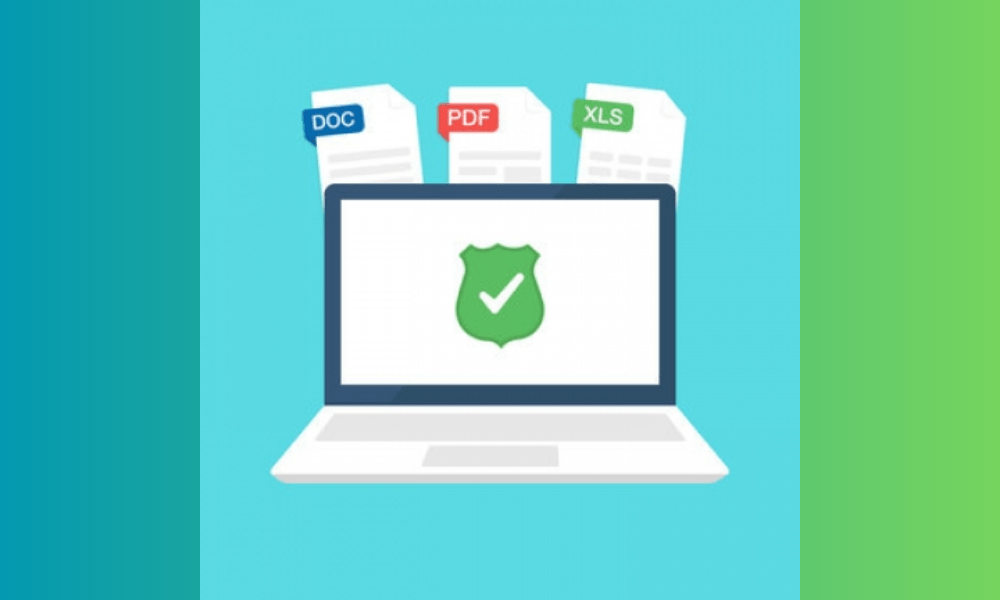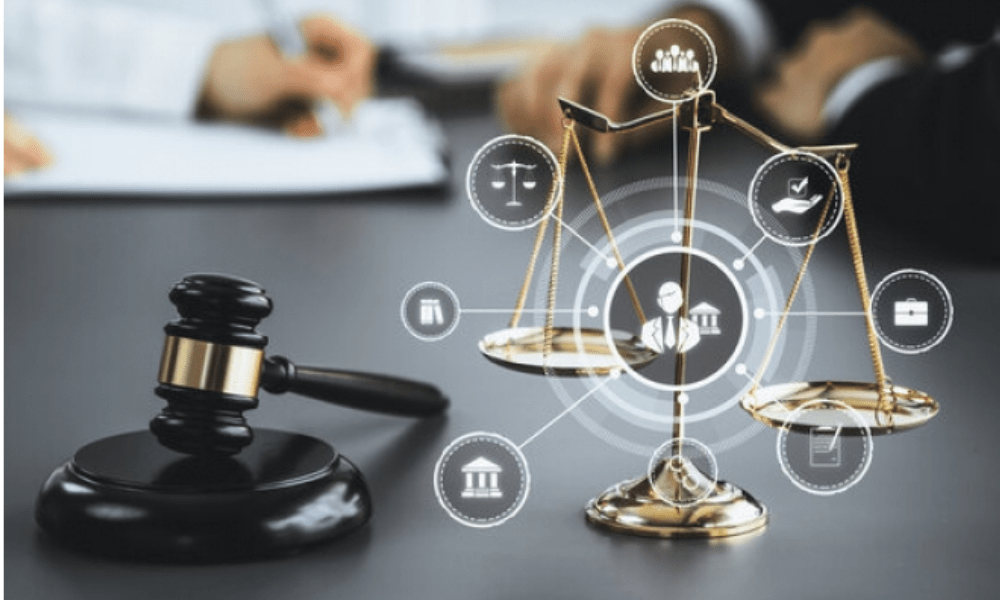The right to image is a right which allows any person to control the use of their image, whether it is a photo, a video or a digital capture . This is an aspect of the right to privacy, which is protected by law. Therefore, any person who wishes to use the image of another person must obtain their prior written consent, under penalty of civil or criminal sanctions.
In this article, we will explain to you what image rights are, in which cases you must request authorization , how to write an image rights authorization model in Word or PDF , and what are the consequences in the event of non-compliance with image rights.
What is image rights?

The right to image is the right of any person to oppose the fixation, dissemination or reproduction of their image, when it is recognizable. This is a personal right , which belongs to the person represented in the image, and which does not depend on the copyright or ownership rights on the image medium.
Image rights concern both natural and legal persons (companies, associations, etc.), as well as movable or immovable property which is associated with a person (for example, a car or a house).
Image rights apply in all areas: artistic , journalistic , advertising , commercial , educational , etc. It applies to both still images (photos) and moving images (videos).
The right to image is not absolute: it may be limited by other rights or legitimate interests, such as the right to information, freedom of expression, the right to parody or caricature, or even the public interest.
When should you request image rights authorization?

You must request image rights authorization if you wish to use the image of a person who is recognizable. There is no need for permission if the person is not identifiable (for example, if their back is turned or if their face is blurred).
Authorization must be requested before any use of the image: fixation (shooting), distribution (publication on a website, a social network, paper media, etc.) or reproduction (printing, copying, etc.) .
The authorization must be written and signed by the person concerned or by their legal representative if they are a minor or incapable. It must specify the terms of use of the image: the purpose , the medium , the duration , the territory , etc. It must also mention that the person waives any remuneration for the use of their image. The signature can be made in the form of a digital signature if the document is transmitted electronically .
The authorization can be general or specific. A general authorization allows the image to be used for any type of use and without limitation of time or location. A specific authorization limits the use of the image to a specific use and for a given duration and territory.
The authorization may be revocable or irrevocable. A revocable authorization allows the person to withdraw their consent at any time and request the removal or destruction of their image. An irrevocable authorization prevents the person from withdrawing from their agreement and prohibits them from taking legal action against the user of their image.
How to write an image rights authorization template in Word or PDF?

To write an image rights authorization template in Word or PDF, you must follow certain rules:
- Use clear and precise language , without ambiguous or imprecise terms.
- Indicate the identity and contact details of the person who authorizes the use of their image (the assignor) and the person who uses the image (the assignee).
- Describe the image concerned ( photo, video, etc. ) and the context in which it was taken (event, location, date, etc.).
- Specify the terms of use of the image: the purpose (artistic, commercial, educational, etc.), the medium (paper, digital, etc.), the duration (unlimited or limited), the territory (global or restricted) , etc.
- Mention that the person authorizes the use of their image without financial or other compensation.
- Mention that the person guarantees that he or she is not bound by an exclusive contract relating to the use of his or her image or name.
- Mention that the person refrains from harming the privacy or reputation of the user of their image, and that they undertake not to use their image in a harmful or illicit context.
- Mention that the person can revoke their authorization at any time or that they waive this right.
- Indicate the place and date of signing the authorization, and have the person concerned or their legal representative sign.
Here is an example of an image rights authorization template in Word or PDF :
I, the undersigned, _________________ (surname and first name), residing at _________________ (address), in accordance with the provisions relating to image rights, I authorize _________________ (surname and first name or company name) whose head office is located at _________________ (address ) and its technical service providers to take photographs , videos or digital captures during the _________________ (event name) event which will take place on _________________ (date) at _________________ (place).
The images may be exploited and used directly by the assignee, in any form and all media, for an unlimited territory, without limitation of duration, in full or in extracts and in particular: press , book , digital medium, exhibition , advertising , public screening, competition , website , social network .
The assignee expressly undertakes not to carry out any exploitation of the images likely to harm my private life or my reputation, and to use the images in any media or any harmful exploitation.
I acknowledge that I am fully satisfied with my rights and I cannot claim any remuneration for the exploitation of the rights referred to herein.
I guarantee that neither I, nor where applicable the person I represent, is bound by an exclusive contract relating to the use of my image or my name .
For any dispute arising from the interpretation or execution of these terms, jurisdiction is expressly granted to the French courts.
Done at _________________, on _________________ in duplicate.
Signature preceded by the words “Read and approved”
What are the consequences in the event of non-compliance with image rights?

Failure to respect image rights may result in civil or criminal sanctions .
On a civil level, the person whose image has been used without their consent can ask the judge:
- Stopping the broadcast or reproduction of its image,
- The destruction or removal of the support containing its image,
- The publication of a corrective press release,
- The award of damages for the harm suffered.
Criminally, a person who has used the image of another person without their consent can be prosecuted for:
- Violation of respect for private life (article 226-1 of the Penal Code);
- Violation of a minor's right to image (article 226-8 of the Penal Code);
- Infringement of an author's moral rights (article L.121-1 of the Intellectual Property Code).
The penalties incurred can be up to one year's imprisonment and a fine of 45,000 euros.
How to protect yourself from non-respect of image rights?

To protect yourself from non-compliance with image rights, it is recommended to:
- Check the conditions of use of websites , social networks or applications on which you publish or share your image,
- Configure the privacy and security options for your online accounts,
- Ask permission from the people you wish to photograph or film and respect their choice,
- Request the removal or modification of their image if it is used without their consent or in a harmful manner,
- File a complaint with the police or gendarmerie if their image is used for illicit purposes (harassment, identity theft, pornography, etc.);
- Contact the civil judge or the criminal judge to assert your rights and obtain compensation.
FAQ: frequently asked questions about image rights
Here are some frequently asked questions about image rights:
Does image rights apply to famous people?
The right to image also applies to famous people , but it is limited by the public's right to information. Thus, famous people cannot object to the dissemination of their image when it is linked to a current event or their professional activity.
Does image rights apply to animals?
Image rights do not apply to animals , unless they are considered movable property associated with a person. For example, if an animal is the symbol of a brand or association , its image cannot be used without the authorization of the owner.
Does image rights apply to works of art?
Image rights apply to works of art , but they must be reconciled with copyright. Therefore, you must obtain permission from the owner of the work and the author of the work to use their image.
Does image rights apply to historical monuments?

The right to image applies to historical monuments , but it is limited by the freedom of panorama. Thus, it is possible to freely reproduce or distribute the image of a historical monument located in a public place, unless this image is used for commercial purposes.
Does image rights apply to deceased people?
Image rights apply to deceased persons , but it is exercised by their beneficiaries. Therefore, authorization must be obtained from the heirs or legatees to use the image of a deceased person.




